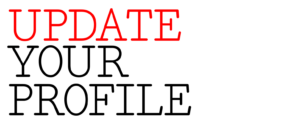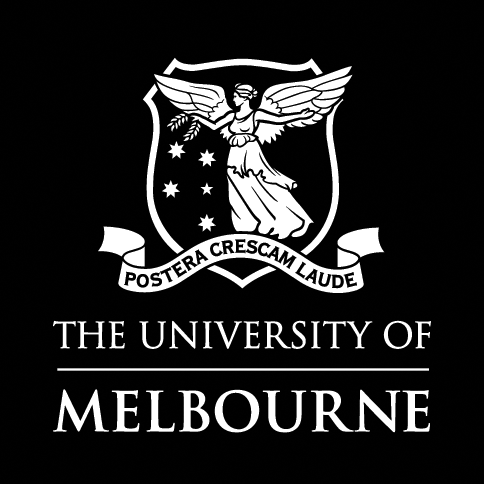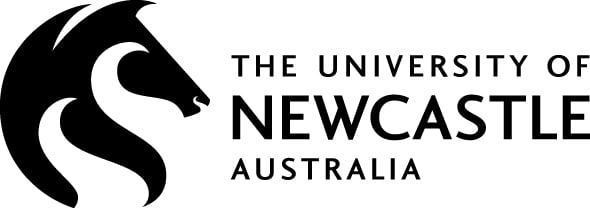A focus on outcomes (not hours) and health (not overtime) brings many rewards, argues Jenny Edwards, director of Light House Architecture & Science.

Photo: Rachel Clements.
Firstly, why do you offer all staff reduced workloads and flexible hours?
We all know that life is extremely hectic and that finding time to fit in the ‘life admin’ and domestic chores, let alone time to relax, can be tricky. I’ve been lucky enough to work three and four days a week at times during my career and to have bosses that trusted me to work those hours flexibly. I know that my quality of life was better and that I was more productive during the hours that I was at work. I think it’s an obvious win-win for employers and employees.
How do you manage this?
I focus on outcomes rather than hours at the office. We make sure we have weekly project meetings where we all get together but I don’t mind if staff want to start early or a bit later or if they need to take a long lunch break or duck out for an appointment or to do a personal chore.
I maintain a workflow and income pipeline for all of the project architects in Excel. It maps out the predicted month by month progression, and associated invoicing, for each of their projects. The different design stages are represented by different colours as are different types of projects. The expected amount invoiced each month for each project is entered in the appropriate cell. Totals for the month, and difference from targets, are automatically calculated so that I can quickly gauge how an individual and the overall business is tracking for the next six to twelve months.
We know what we need to do to break even and we have targets that we aim for. While it’s great for monitoring progress toward targets, the equal or even more important role of the pipeline is to ensure that staff are not overburdened and that we don’t take on new projects until we need to. It can be tempting in our industry to accept every new project, whenever it comes along. This can really backfire – staff get stressed and exhausted, timelines and productivity slip, clients don’t get the attention or quality of service that they expect to receive, and that we want to deliver (a vicious stress cycle sets in).
Staff do record their hours, using a cloud-based app called Harvest. I don’t use this to monitor staff time but rather to collect data to help inform the pipeline. For example, I can answer questions like how long is the design development stage typically taking for one of our more extensive renovation/extension projects compared to one of our smaller, simpler modular designs. Are staff finding time to do the non-project tasks of administration, process review and refinement, professional development. An important part of my role is to understand what’s realistic to expect from staff and what is a sustainable workload. It isn’t always as simple as staff need to work harder or longer, but more likely that processes, deliverables or the types of projects we take on need to change or that fees need to increase.
You can’t make an informed decision without data – it’s the scientist in me!

The Light House team. Photo: Paul Williams.
How do you assess these outcomes and productivity?
Happy staff. Happy clients. Bills paid. Targets achieved or progress made towards them.
Note that it’s important to accept that sometimes unexpected things will happen – for example, a project (or two!) suddenly comes to a halt due to a change in client’s personal circumstances. It’s really important to be able to understand the impact of such changes on the workload of a staff member and the cash flow of the business. Don’t panic, trust your systems, fill the gap in the pipeline and move on. If your systems aren’t robust enough to handle such hiccups, then something has to change – marketing, fees, products, processes, staff composition.
Why do you place so much importance on staff mental health and physical health?
For purely selfish reasons (joke… partly). Happy, healthy, creatively and mentally challenged staff are satisfied and stick around. They are also highly productive, which is good for the balance sheet and fun to be around, which is great for my mental health.
I’ve had my share of personal health issues – arthritis and hip replacements to name a couple of good ones. I’ve experienced sustained stress and unsustainable workloads resulting in poor mental health and declining physical health. Last year I was diagnosed with multiple sclerosis. Your mental and physical health should be your absolute priority. Without them you are no good (or nowhere near as good as you could be) to yourself or anybody else.
How do you create a workplace that supports mental health?
I have a poster on the fridge that says “We’ve made mental health a priority” and the team know that I mean it. I’ve been open with staff when I’ve been going through rough patches and have encouraged them to do the same and to take time off when they need it.
We’ve actively created a very collaborative and supportive culture at our office. We often hang out together at lunch (I’m generally the only one guilty of the occasional lunch at the desk) and there are regular shout outs of “anyone need a cuppa?” or “I’m heading in to Manuka – who wants sushi?” We’ve also thought carefully about the office layout and included lots of plants and natural light in our work spaces.
Sometimes I bring my gorgeous dog Zac to work for the day. Canine therapy is great! Some Fridays we’ll knock off early for drinks and nibbles (in fact, recently it was Monday lunch time!).
It doesn’t just happen. You do have to be proactive.

Part-time office dog Zac contributes with canine therapy. Photo: LightStudies.
How do you support the physical health of your employees?
We have standing desks and good bike storage and people know that they can go for a walk, jog, or ride (or even just a skateboard on the balcony) during the day. Such activities only boost morale and productivity so I’m never tempted to tap my watch if staff leave their desks to get up and move.
I arrive late to work two days a week because I’ve made gym sessions a priority since my MS diagnosis and can’t seem to get up for 6am sessions anymore! It’s not considered strange to see someone lying in the middle of our office floor doing stretches.
Have you made any mistakes on these issues, or learnt any lessons the hard way?
Absolutely. As hinted at earlier I’ve found myself feeling stuck in unsustainable and highly stressful ruts at work on a few occasions. These things can sneak up on you so you have to remain alert. It’s not worth it. I’m all for resilience and stamina in the times when it’s needed, and there will be times (whether personal or professional) but it is NEVER good to keep soldiering on relentlessly. You, your work and your relationships will suffer. Taking a deep breath, pausing, reflecting and appreciating are really powerful… as is a good decluttering or filing session! Make space for yourself and you will end up creating space in your work life and personal life.
What are the simplest changes that firms can make?
- Make less than full-time working hours an option.
- Focus on outcomes, not hours.
- Make health a priority, not overtime.
- Understand your business and monitor its activity. Understand that your human resources are your most valuable resources.

Jenny Edwards, partner David and Zac at home in one of Light House’s 8.2 star designs. Photo: Ben Wrigley.
Jenny Edwards is director of Light House Architecture & Science. Light House employs nine staff members, all of whom work reduced and flexible hours. Mental and physical health are also a priority.
A version of this article was first published by the ACT Gender Equity Taskforce in their getDEEP (Diverse Equitable Employment and Practice) booklet. getDEEP is intended as an introduction to some of the resources, research and expertise available on issues of equitable practice, including Parlour and the Parlour Guides to Equitable Practice. The booklet is available for download here. An expanded version of the interview has been republished here with permission.
The fourth Parlour Guide to Equitable Practice covers Flexibility, outlining the benefits for employer, employee and the profession as a whole. The guide looks at some of the benefits of working flexibly in architecture and identifies strategies to help these arrangements run smoothly.




















